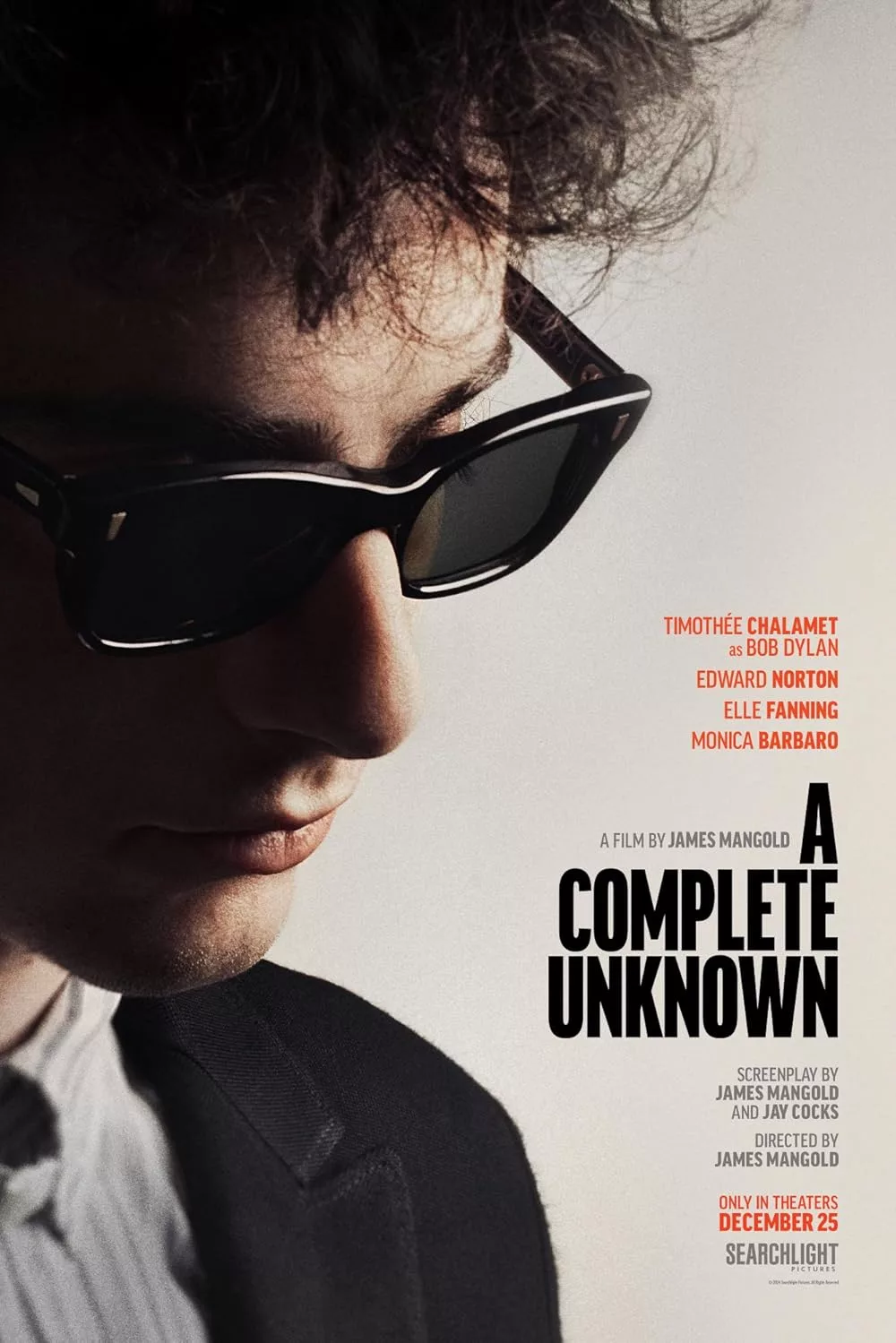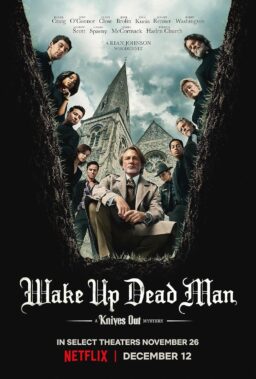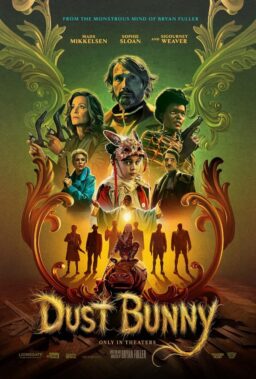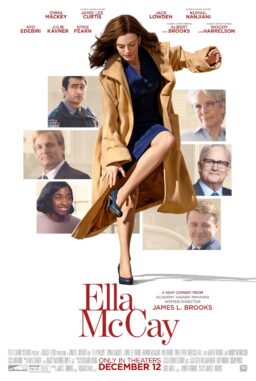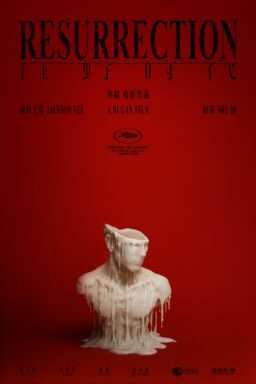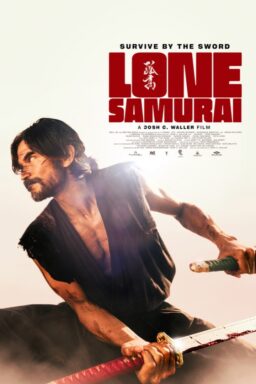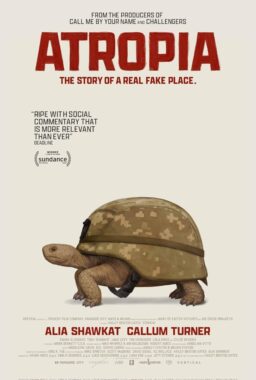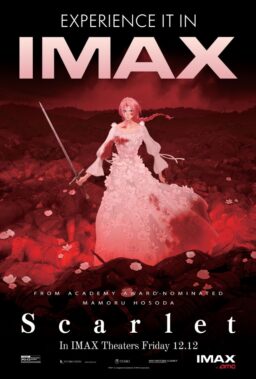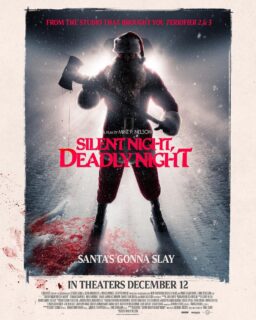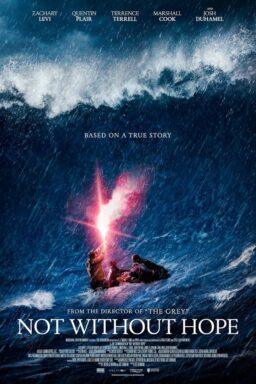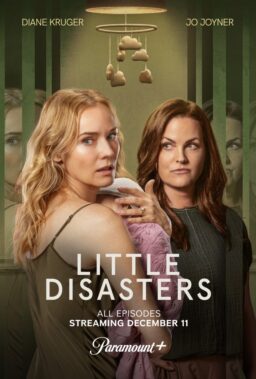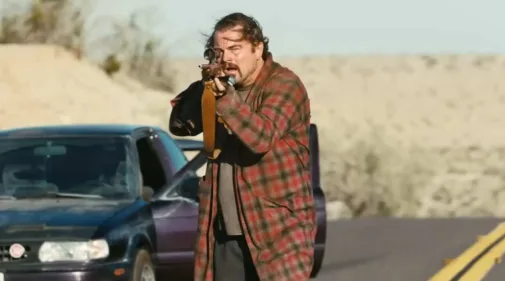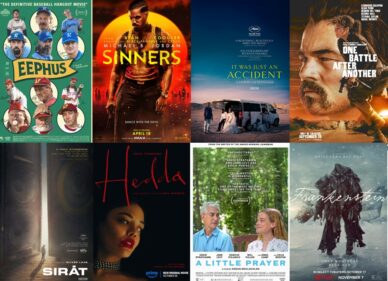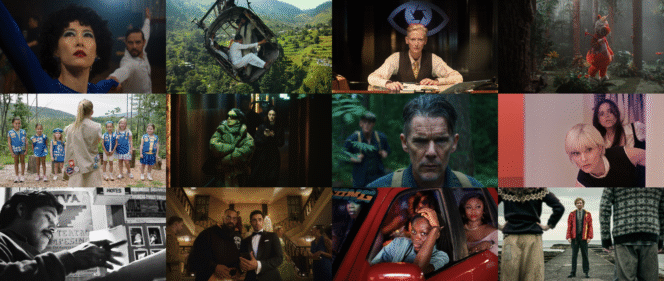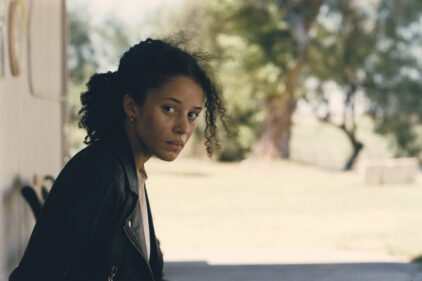James Mangold’s “A Complete Unknown” is about all the variables that shape and warp creativity. Eschewing the often-shallow approach of the cradle-to-the-grave biopic to tell a formative chapter in music and world history, Mangold’s film fluidly captures the intersection of art and fame with solid performances, unshowy direction, and organic editing. As someone who generally loathes the “greatest hits” storytelling of films about famous figures and how they often rely on the printed legend instead of doing anything, and someone who has a strong love for the music of the purposefully enigmatic Bob Dylan, I have to admit to expecting “A Complete Unknown” to be predictably out of tune. Like its subject has done so many times in his six-decade career, this one exceeds expectations.
“A Complete Unknown” opens with a recording by Woody Guthrie, one of the main influences on a young Bob Dylan (Timothée Chalamet), who we meet on his way to introduce himself to the man whose work “struck him to the ground.” Guthrie, played by Scoot McNairy, is in a hospital in Jersey, and he happens to be visited by the legendary Pete Seeger (a wonderfully understated Edward Norton) on the day a 20-year-old Dylan stops by in 1961. Seeger convinces Dylan to sing for his hero, and the moment is electric with creativity. It’s one of several scenes in “A Complete Unknown” in which Mangold captures Dylan’s ingenuity and songwriting brilliance with little interruption. One of the film’s greatest strengths is how much it relies on actual performance to tell its story—it has more full songs than a lot of Hollywood musicals and blissfully doesn’t go the medley route of non-stop snippets, choosing often to let the music do the talking.
Dylan’s music had a lot to say in the early ’60s. Several scenes subtly place Dylan’s art in a greater context to capture his importance. In one, as news clips of the Cuban Missile Crisis echo, Dylan plays “Masters of War” in a club. Imagine hearing the unapologetic lyrics of that song while potential Armageddon has practically emptied New York City of people, looking for somewhere that might be safer than Manhattan. It’s indicative of why Mangold’s film works overall—its effort to weave Dylan’s music into the fabric of the storytelling instead of just using it as a soundtrack. The use of news clips to mark the passage of time is undeniably overdone, but it plays into the theme that even an uncompromising artist like Dylan was a byproduct of the world around him, both on a macro and micro level.
As for the latter, the Dylan who would become so popular that he’s nearly a teen idol in the chapter of his career captured in this film was influenced by more than just Guthrie. Seeger, who ends up taking Dylan home after that chance encounter, is introduced in a courtroom defending his freedom of speech and becomes fascinatingly caught between the traditions of folk music and the rebel who may be taking it to an uncertain future. Dylan also meets two women who would shape his early career. Sylvie Russo (Elle Fanning) is a variation on Suze Rotolo, the woman on the cover of Dylan’s Freewheelin’ Bob Dylan, here portrayed as a partner who realizes she knows almost nothing about her lover, even as he becomes one of the most famous people in the world. Equally aggravated and enraptured by Dylan is Joan Baez (Monica Barbaro), who becomes a superstar behind a “prettier” kind of folk than Dylan wants to play.
Mangold and Jay Cocks’s excellent script never overplays what it’s saying about how Dylan became a poet of his generation, trusting viewers to connect the dots on their own. Was Dylan’s raw poetry a response to Baez’s flowery fame? Was his “man in black” image influenced by his adoration and friendship with Johnny Cash? Why did he push back against his own fans, refusing to play some of his biggest hits on a tour with Baez? Why did he insist on going electric at Newport in 1965, one of the most famous events in folk music history, and where this chapter in Dylan’s life climaxes? Just because they told him not to?
Mangold’s approach demands a great deal of Mr. Chalamet, and he nails it. Not only does he sound like Dylan when he’s singing, he somehow captures the newness of these moments. When he plays “The Times They Are A-Changin’” for the first time in a great scene, it’s a song that a lot of people in the movie audience know by heart. Still, Chalamet and the production somehow convey the immediacy of that moment at Newport when these people are hearing a masterpiece for the first time. It gives the film an electricity that biopics almost always lack, feeling urgent instead of merely like a jukebox that’s been played a hundred times.
Chalamet is ably supported by a great ensemble. Norton and Fanning have been getting some early attention—both have won critics awards already—but the standouts for me are the captivating Monica Barbaro as Baez and a playful turn from Boyd Holbrook as Cash. Barbaro subtly nails how equally enraged and enraptured people could be by Dylan while Holbrook plays Cash as someone who spotted the raw genius in Dylan through all the stuff that fame and expectation put around him. They’re the angel and the devil on Bob’s shoulders.
“A Complete Unknown” opens and closes with not Dylan, but Guthrie, a recording of his classic “So Long, It’s Been Good to Know Yuh.” Not only does it connect Dylan to a folk music tradition that he would forever reshape, but it’s also got the same dark sense of humor and topicality that would often define his music. “We talked of the end of the world, and then we’d sing a song and then sing it again.” It’s a line reflective of the protest music like “Masters of War” that Dylan sings against a backdrop of the end of the world. And its last line channels the freewheelin’ spirit of Dylan and the easygoing charm of the film about him: “This dusty old dust is a-gettin’ my home, and I got to be driftin’ along.” Dylan drifted along into New York in 1961 and changed music forever. And we’re just driftin’ along with him still.
Opens on Christmas Day.



